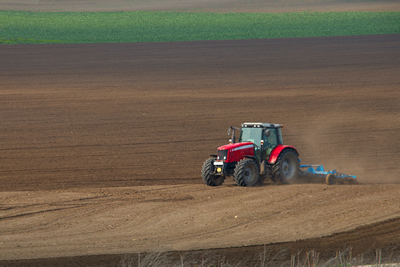
Biosolids too valuable to waste
Biosolids are the nutrient-rich organic product of wastewater treatment. The variety of materials in the wastewater determines the actual composition of the biosolids and can include domestic wastes, industrial discharges, chemicals in the water supply, and stormwater. At the treatment plant, wastewater is first separated into settled solids or biosolids, and liquid. Various treatment processes are used to stabilize the biosolids, destroy harmful bacteria, and reduce odor. The processes produce a myriad of products. These products can take the form of dry powder, pellets, slurry or liquid and bare little resemblance to the biosolids from which they were derived.
How are biosolids products used?
Solid or liquid biosolids is returned to the environment through a variety of ways. Before further processing and entry to the environment, biosolids may undergo composting, burning, chemical stabilization, or palletization.
Is recycling safe for the environment?
Safe and beneficial to the environment, recycled biosolids enriches the soil and contributes to useful, organically based products. As a contribution to nature’s cycle, the use of wastewater products helps reduce the amount of waste destined for landfills and diminishes the need for chemical fertilizers. It improves soil fertility, contributes to recycling efforts, and minimizes the stress humans place on the environment.
Isn’t odor a problem?
The stabilization processes remove odor-causing compounds from biosolids. Biosolids that is injected into the soil in land application has little or no odor. In humid weather, biosolids spread on the surface of farmland may give off a slight, earthy odor in the immediate area for a few days. The odor is not as strong or offensive as raw animal manure and disappears in a short time. While odor control is the chief complaint against composting operations, the industry is continually working toward new technologies to decrease odors. These efforts have resulted in major achievements in minimizing odors in biosolids processing and treatment. By developing more effective ways to remove the odor-causing materials from the air released during treatment, the industry strives to perfect the biosolids treatment process.
